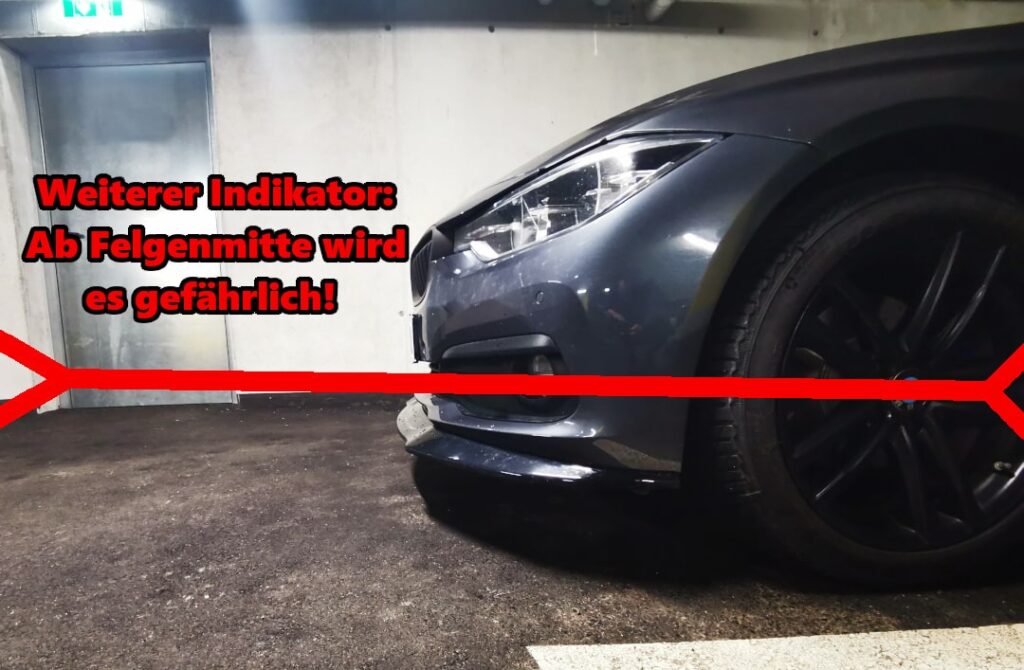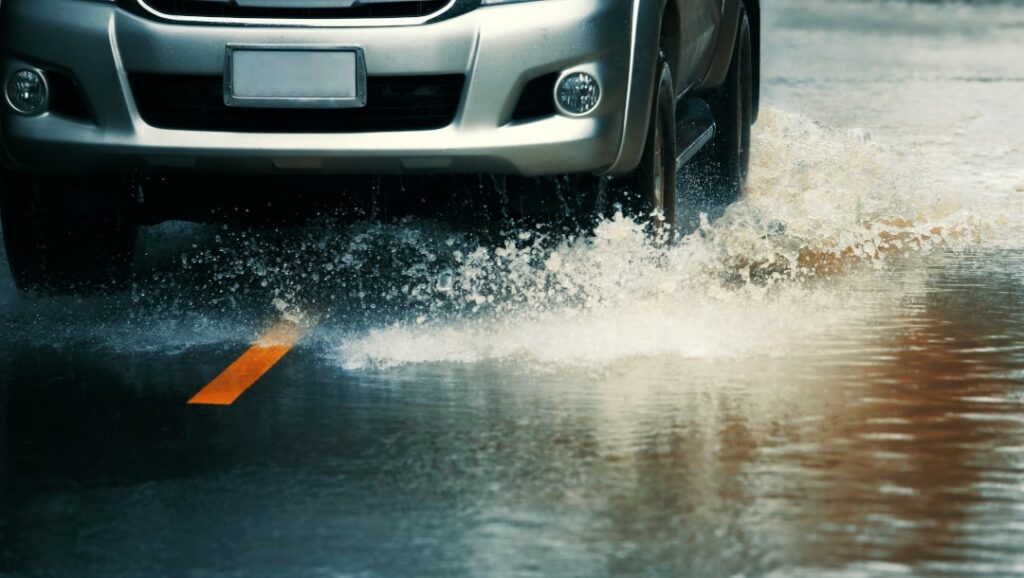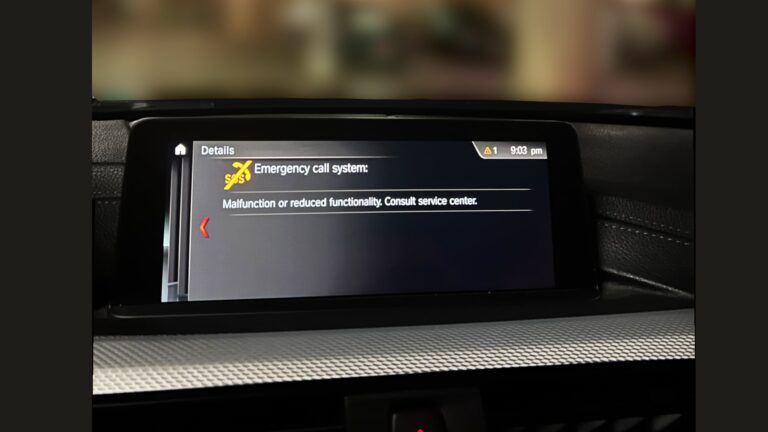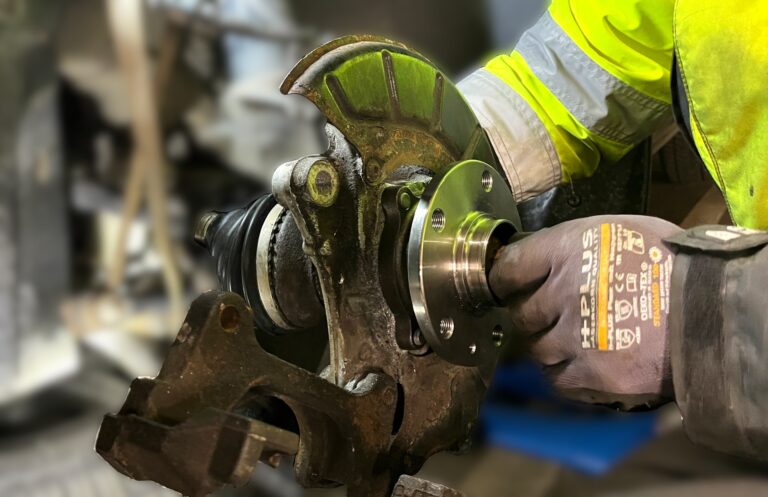
Driving through high water
Harmful? Dangerous?
Are you standing in front of a huge puddle or is there flooding in your neighborhood? No matter what situation you find yourself in, it's important to know what damage or dangers you could face. Sometimes there is no other option but to drive through. However, there are often alternatives to avoid the high water.
In this article, you will find out what dangers can arise when driving through high water, why it can be harmful to your car and how you can best proceed in this situation.
1) What dangers arise when driving through high water?
You never know exactly what dangers lie ahead in a flood and how your car will behave. In the event of higher water level like your sill or the Height of your exhaustyour engine will most likely "drain". As a result, you will literally be in the middle of the puddle. get stuck and can't get any further.
If the water is too deep or even exposed to a current (flooding), in the worst case you can even driven away become.
If, for whatever reason, you believe that your car is not "suffocate", there is still a risk of suffering from a pushed up manhole cover or other objects. In addition to the damage to the vehicle, you also endanger other road users and all car occupants.
2) Is driving through high water harmful to the car?
Driving through high water can damage the car in various ways. On the one hand Water entering the engine compartment and damage the engine. What is more often the case, however, is that Water gets into the intake tract of the engine and causes the engine to "choke", so to speak. This is referred to as a "Water hammer". Since the engine no longer draws in oxygen, combustion cannot be carried out properly and this can lead to a Defect in the cylinders, Connecting rods or head gaskets occur. The chances of the engine surviving are very low.
Also Electrical components can of course be damaged. If water penetrates the electronics, it is not uncommon for short circuits to paralyze the vehicle.
In addition, the water can Affecting the brakes and the chassis and damage the bearings and joints in the long term. Mainly due to Corrosion.
3) At what water depth does it become dangerous?
Until 15 centimeters water depth there should be no problems with a car (even with electric cars). Everything up to the sill is dangerous for electronics of the car. In some models, this is even dangerous for the engine. Everything above the sill or the exhaust height is considered dangerous for the engine technologyno matter which model. Some also take the Rim center as an indicator.
4) What can you do in such a situation?
In principle, the following applies: Avoid driving through conspicuously large puddles and flooded areas! If this is not possible, then the real question here is: How exactly do you estimate the depth?
You should definitely Take your time. Get yourself a long branch and feel the area. If necessary, find a better position so that you can also scan the middle of the puddle. If you have a Tow rope in the trunk you can also use this to find the "Feel" the depth of the puddle. Throw the tow rope into the middle like a lasso and try to feel how deep the water really is by pulling it out again.
If it is not too deep, it will be slightly easier for you to pull the tow rope out again. It is important that you orientate yourself in this situation and use the Risk accurately assessed.
As this is very difficult, the following applies in principle: If you're not sure, don't do it! And don't let others talk you into it!
However, if you are confident that you can maneuver through the water, you should Accelerate slowly and carefully. Avoid braking hard or accelerating. Driving too fast creates a Wave of traffic jams in front of your car. This damming wave also slows you down and causes the engine to suck in even more water.
5) Will the insurance cover the damage?
The answer to this question can be found in the Insurance policy of your car insurance. Liability insurance only covers damage caused to others while driving due to flooding. You have to take care of the damage to your car yourself (if you only have liability insurance).
However, some comprehensive insurance policies cover this type of damage. The decisive factor here is often whether the facts as negligent or unintentional is considered negligent. Crossing high water is naturally a source of controversy and it is possible that even fully comprehensive insurance will classify the damage as negligent and therefore not cover it.
Furthermore, with some comprehensive insurance policies, a Civil protection which covers the costs of flooding (usually with a deductible).
Ultimately, of course, only a look at the insurance policy or a discussion with the insurance advisor will help you.
6) Conclusion: Through the water by car
You should always avoid driving through deep water. However, if you are forced to drive through the water, you should invest enough time in the Checking the water depth invest. However, it would be best if you could get a alternative route no matter how much time you lose in the process. A misjudgment can have fatal consequences for the car and even the occupants. Whether the insurance company will pay for the damage is questionable and may not even be the case with fully comprehensive insurance.
In the video below, you can see what happens to different vehicle models in the Driving through water that is too deep happens. First of all: most drivers get stuck, of course or come with a Motor damage just about dry:
More Articles
BMW Sport Plus coding: Unlocking driving mode - instructions
BMW Sport & Comfort Plus codingUnlocking driving mode - BMW coding made easy - In this guide you will learn step by step how to...
BMW Emergency Call System Error Battery Replacement | G-Series GUIDE
BMW emergency call system error? solution: change the battery! The well-known BMW emergency call system error (B7F341) occurs in many BMW vehicles, whether E-series,...
Change wheel bearing yourself - INSTRUCTIONS for VW Passat B7
Radlager selber wechselnAnleitung für VW Passat B7 In diesem Beitrag zeigen wir dir, wie du das vordere Radlager an einem…






